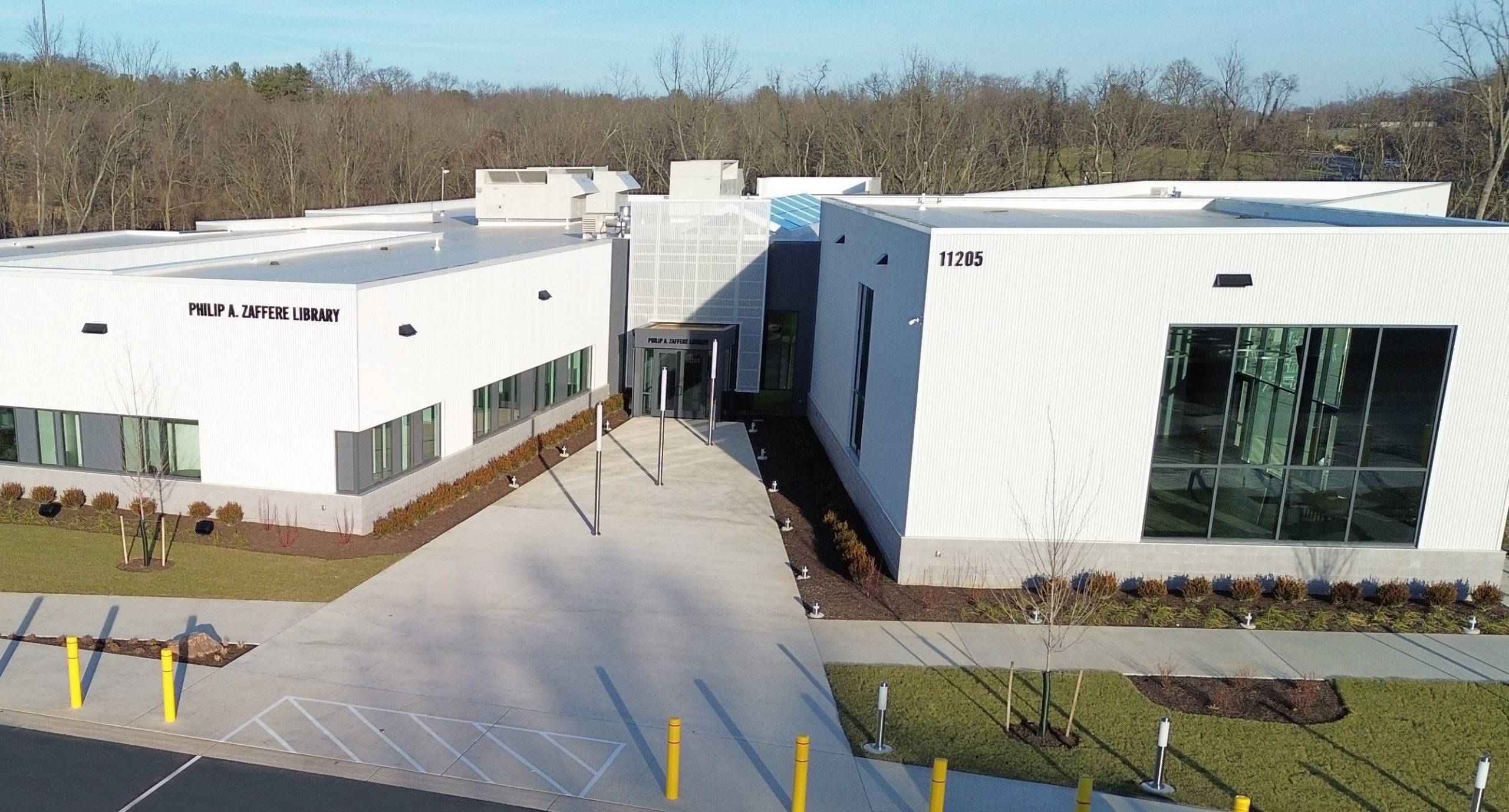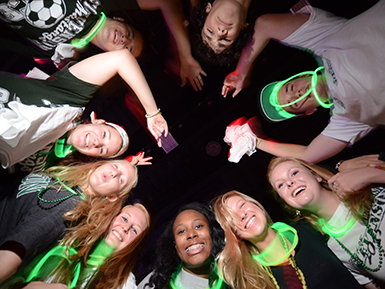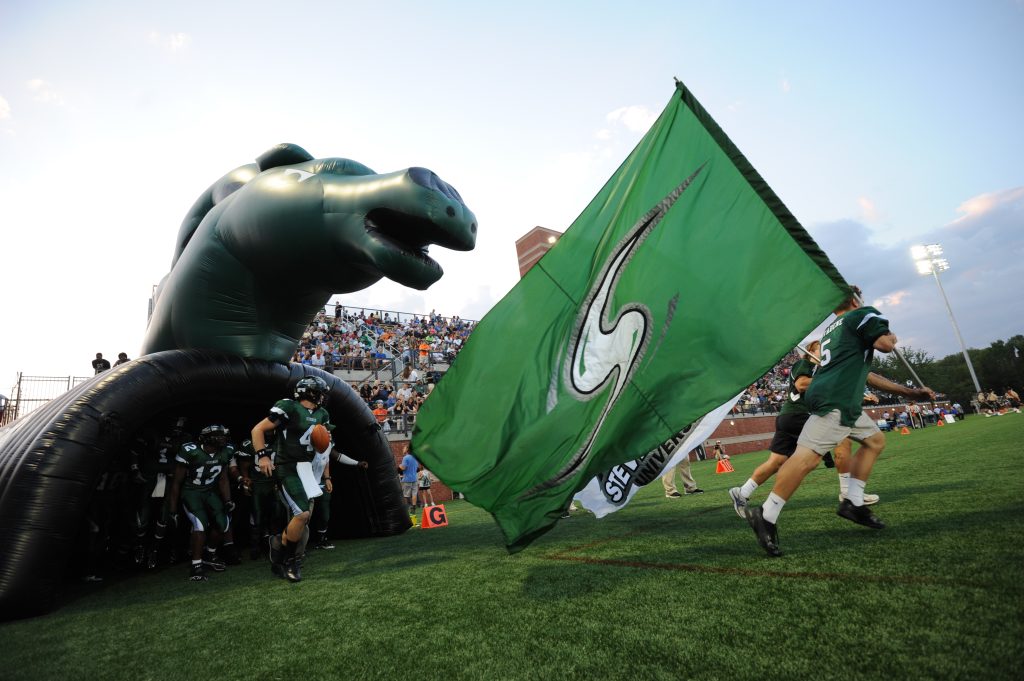
On Sunday April 30th, an intrepid band of Stevenson Public History representatives journeyed back in time to the 18th century when they attended Fort Frederick’s Market Fair. Annually, over 150 artisans and craftspersons attend the event and provide a functioning market for 18th century goods. Authentic reproductions from that era, goods include clothing, tools, household items, musical instruments, and other necessities for life on the frontier. The replica products are sold to living historians and reenactors who require the items for their interpretations, museums and collectors for display, and the general public for whatever use they might have. With their goods displayed in authentic 18th century tents, the vendors and sutlers dress, live, and eat onsite according to the custom at the time.
18th century women’s clothing on display.
The quality of the goods was incredible with skilled craftspeople making them by hand. We were amazed by the level of art present in these items, and it caused us to consider the aesthetic qualities of the items on display. While 17th century frontier life yielded items that were designed for completing a task, or solving a problem, this was less the case by the mid-18th century. The latter end of the colonial era produced items that both served a function and were aesthetically pleasing.
The beauty of 18th century functional design and art.
It was wonderful wandering through the encampment where we were outnumbered by the living history participants. In many ways it truly was like being immersed in a different time at a different place.
They consider us as if we were aliens from another time–and I’m not sure they like what they see!
One of the most important tools on the frontier was a settler’s musket or rifle. When we stopped by flintlock maker Tim Williams’ tent, we were amazed at the quality and sheer beauty of his work. While Tim’s first objective is to create a weapon that will put meat on the table in a reliable fashion, he accomplishes that objective with an eye for the aesthetics of what will become an heirloom firearm. It was in his work that I first came to the realization that there was real beauty in the objects from that period.
A Lancaster fowler by Tim Williams.
Part of the joy of the weekend was being introduced to items you never realized were “a thing.” Such was the case when I got to see a mobile forge being used by Jymm Hoffman. Designed to be operated from a wagon, the traveling forge would have been a logistical necessity for our armies during the Revolution.
Mobile forge in operation.
Along on the trip were Professors Johnston and Goodall, as well as Public History majors Anthony Plaag, Caroline Smith, Stephanie Czeslowki, Josh Rifkin, and Alex Henry. Having breakfasted at Denny’s in Hagerstown, on the journey home we feasted at a Scheetz gas station. Let no one say that we don’t know how to splurge in the PHIST program!
Professor Tommy Hawk with his foxtail mullet.





